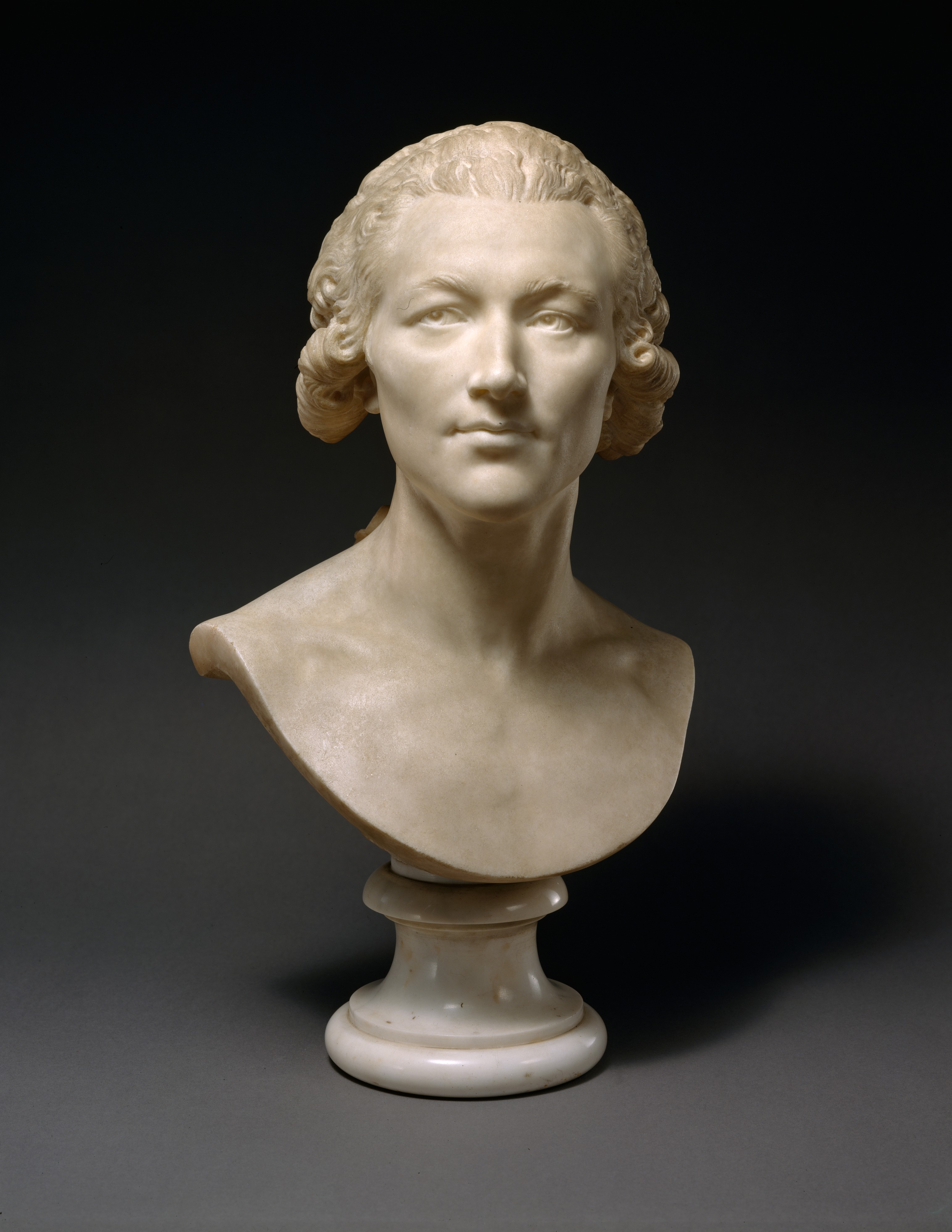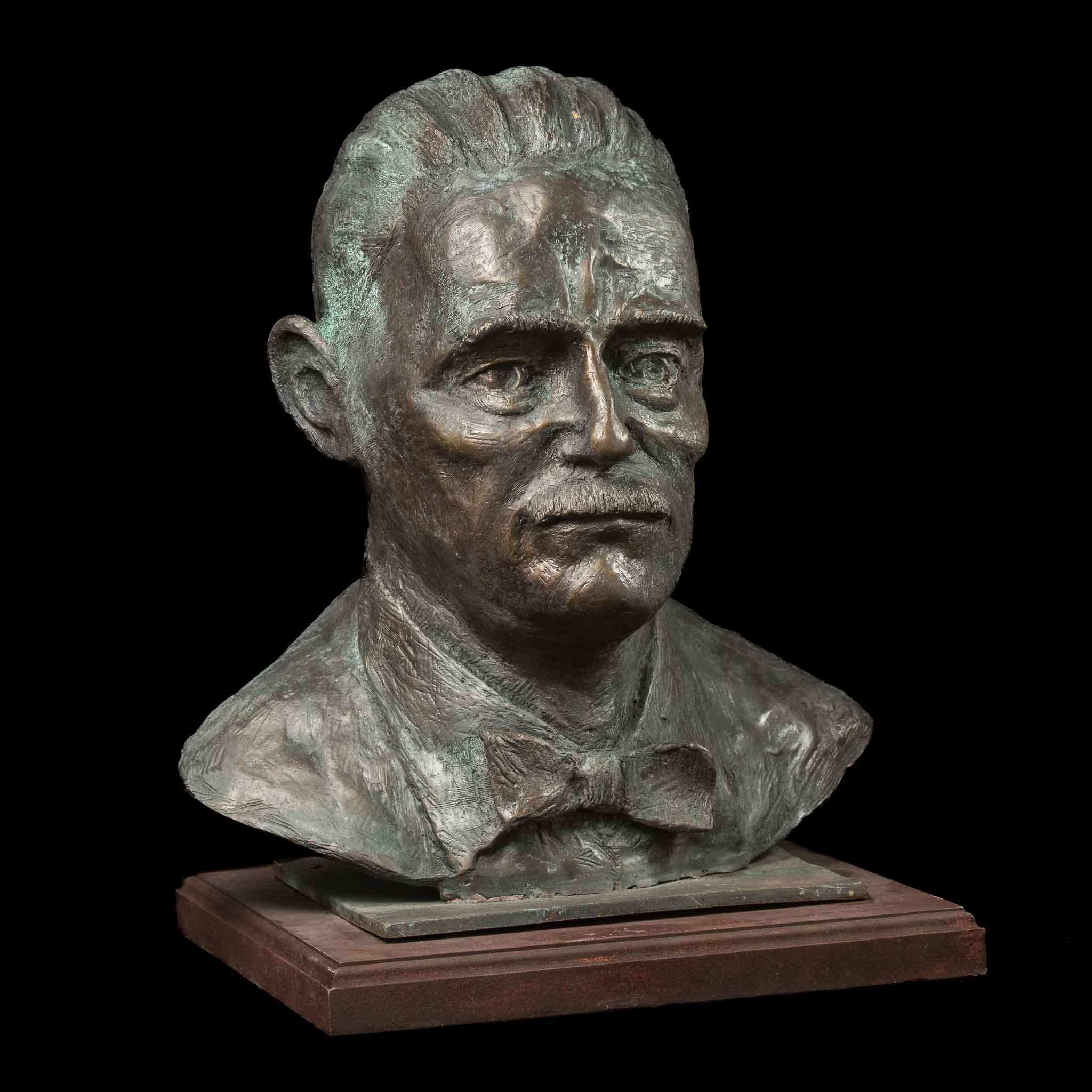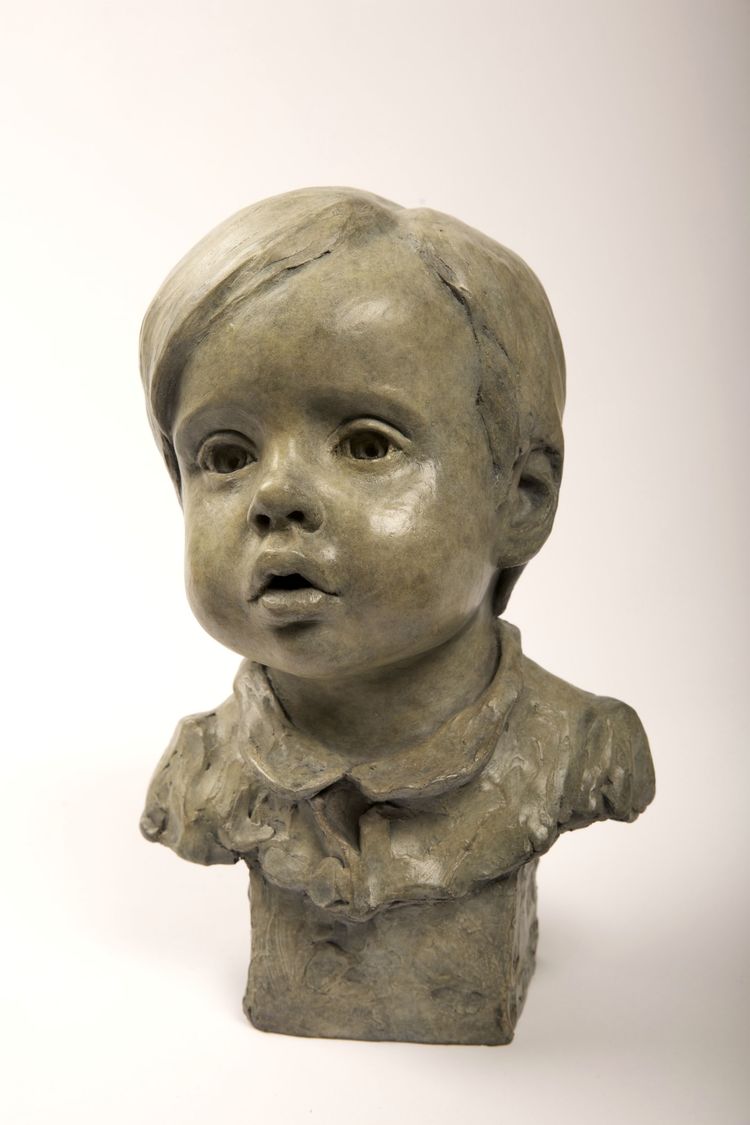Elegance moving: Discover the Elegance of Equine Sculptures
Wiki Article
The Influence of Nature in Sculpture Art
The influence of nature in sculpture art is a topic that has astounded musicians throughout background. From ancient people to contemporary musicians, the natural globe has actually worked as a profound resource of motivation. This impact is evident in the natural types and shapes that are frequently discovered in sculpture, resembling the curves and shapes of nature. Artists likewise explore texture and products in their job, looking for to recreate the tactile top qualities of the environment. Significance of natural elements is another method in which nature affects sculpture, as artists imbue their developments with the definition and associations inherent in these elements. The environment itself, with its landscapes, vegetation, and fauna, is frequently mirrored in sculptures, supplying a link to the world around us. Inevitably, sculpture art has the power to catch the transience of nature, cold a minute in time and permitting us to value its charm .Organic Shapes and types
Organic shapes and kinds, influenced by the complex patterns and harmonious structures discovered in nature, play an essential function in the world of sculpture art. Artists have actually long been mesmerized by the beauty and complexity of the environment, locating motivation in the graceful contours of a seashell, the delicate flowers of a flower, or the twisting branches of a tree. By copying and extracting these natural types, artists have the ability to develop sculptures that evoke a sense of harmony and balance.One of the reasons natural kinds and forms are so common in sculpture art is their capacity to connect with visitors on a deep emotional level. The natural world recognizes to all of us, and when we see these kinds represented in art, it elicits a feeling of convenience and recognition. It advises us of our area in the grand scheme of points and allows us to attach with something above ourselves.
Additionally, natural forms and forms in sculpture art typically personify a feeling of activity and power. The moving lines and vibrant compositions imitate the constant activity and growth located in nature. This develops a sense of vitality and brings sculptures to life, making them appear as if they can remain to alter and develop prior to our eyes.
Appearance and Product Exploration
A considerable facet of sculpture art affected naturally is the expedition of structure and materials with making use of different strategies and mediums. Musicians usually draw ideas from the diverse textures located in the environment, such as the harsh bark of a tree, the smooth surface of a pebble, or the detailed patterns on a fallen leave. By integrating these appearances into their work, carvers can create a tactile experience for viewers, inviting them to engage with the art work on a sensory level.Texture can be accomplished in sculpture through a selection of techniques. Some artists select to carve or shape straight right into the selected product, developing a three-dimensional surface area that mimics the textures found in nature. Others might utilize methods such as molding or casting to catch the details of organic structures. Additionally, musicians may experiment with different products, such as wood, steel, clay, or stone, each supplying its very own distinct texture and aesthetic allure.
Material exploration is also a significant component of sculpture art influenced by nature. Artists may venture into uncharted area, seeking out new materials that evoke the essence of the natural world. For instance, they may integrate all-natural aspects like branches, leaves, or perhaps dirt into their sculptures, obscuring the limits in between art and the atmosphere. Bronze Sculptures. By pushing the borders of standard products and methods, sculptors can create conceptually abundant and visually sensational jobs that commemorate the elegance and variety of nature.
Importance of Natural Environments
The unification of natural elements in sculpture art includes a layer of importance and deepness to the art work. By making use of materials discovered in nature, carvers are able to imbue their productions with meaning that resonates with audiences on a profound level. Natural aspects such as timber, rock, and plants have been made use of throughout background to convey various symbolic messages.Timber, for instance, usually stands for growth, strength, and strength. Sculptures crafted from this product can evoke a feeling of connection to the earth and the cycles of life. Stone, on the other hand, is usually connected with permanence and endurance. Sculptures carved from stone can signify the timeless nature of particular concepts or concepts.
Plants and flowers are also often included into sculpture art, standing for themes of renewal, appeal, and development. The delicate petals and lively shades of blossoms can stimulate feelings of happiness, while the linking branches of plants can signify interconnectedness and unity.
Along with these natural materials, sculptors may additionally make use of natural environments such as fire, wind, or water to further enhance the symbolic message of their artwork. These elements can stand for the transformative power of nature, the flow of time, or the forces that form our globe.

Representations of the Setting
Representations of the Setting can be seen in sculpture art through the consolidation of natural aspects and the portrayal of eco-friendly motifs. Carvers usually attract inspiration from the setting, making use of products such as wood, stone, or also recycled materials to create their art work. By using these natural environments, they not only admire the setting yet likewise produce a more powerful link between the art work and its surroundings.In addition to the materials utilized, sculpture art likewise shows the setting with the portrayal of eco-friendly styles. Many artists pick to show animals, plants, or landscapes in their job, highlighting the elegance and delicacy of the all-natural globe. These sculptures act as pointers of the relevance of maintaining our atmosphere and the demand for lasting practices.

Additionally, ecological sculptures typically intend to increase awareness regarding pushing environmental concerns. They work as graphes of the influence of human tasks on the atmosphere, such as environment, deforestation, or pollution modification. By depicting these problems in their art work, artists intend to inspire customers to act and become a lot more aware of their own ecological footprint.
Capturing the Transience of Nature
Sculpture artists even more discover the impact of nature by masterfully recording the ephemeral and ever-changing aspects of the environment. With their creativity, these artists aim to depict the fleeting charm and transience of nature, evoking a sense of marvel and contemplation in visitors.One method which sculpture artists record the transience of nature is by utilizing materials that are themselves subject to decay and modification. As an example, musicians might select to work with natural materials such as fallen leaves, flowers, or timber, which naturally deteriorate gradually. This purposeful option highlights the brevity of nature and advises us of the inescapable cycle of life and fatality.
Furthermore, sculpture musicians commonly use techniques that create a sense of motion and fluidity in their job. By incorporating streaming lines and dynamic types, they communicate the ever-changing nature of the environment. This can be seen in sculptures inspired by wind, Robert C Hitchcock Sculptor water, or the development of plants, where the musician looks for to record the essence of constant movement and makeover.
In addition, some artists pick to develop short-lived or site-specific installments that interact with the atmosphere. These ephemeral sculptures, made from products such as sand, light, or ice, are intentionally developed to gradually transform or disappear with time. By welcoming the short-term nature of their creations, musicians welcome visitors to assess the fleeting beauty of the environment and the brevity of human existence.

Final Thought
In verdict, nature has a profound influence on sculpture art (Robert C Hitchcock Sculptor). Appearance and material exploration additionally boost the connection to nature, as musicians usually integrate natural materials right into their sculptures.
Significance of all-natural components is another means in which nature affects sculpture, as musicians imbue their creations with the definition and organizations fundamental in these components.A considerable facet of sculpture art influenced by nature is the exploration of structure and products with the use of various methods and mediums (Equine Sculptures).Material exploration is likewise a considerable component of sculpture art affected by nature.One way in which sculpture musicians catch the transience of nature is by utilizing products that are themselves subject to decay and change. Appearance and material exploration even more improve the connection to nature, as musicians typically include natural products into their sculptures
Report this wiki page